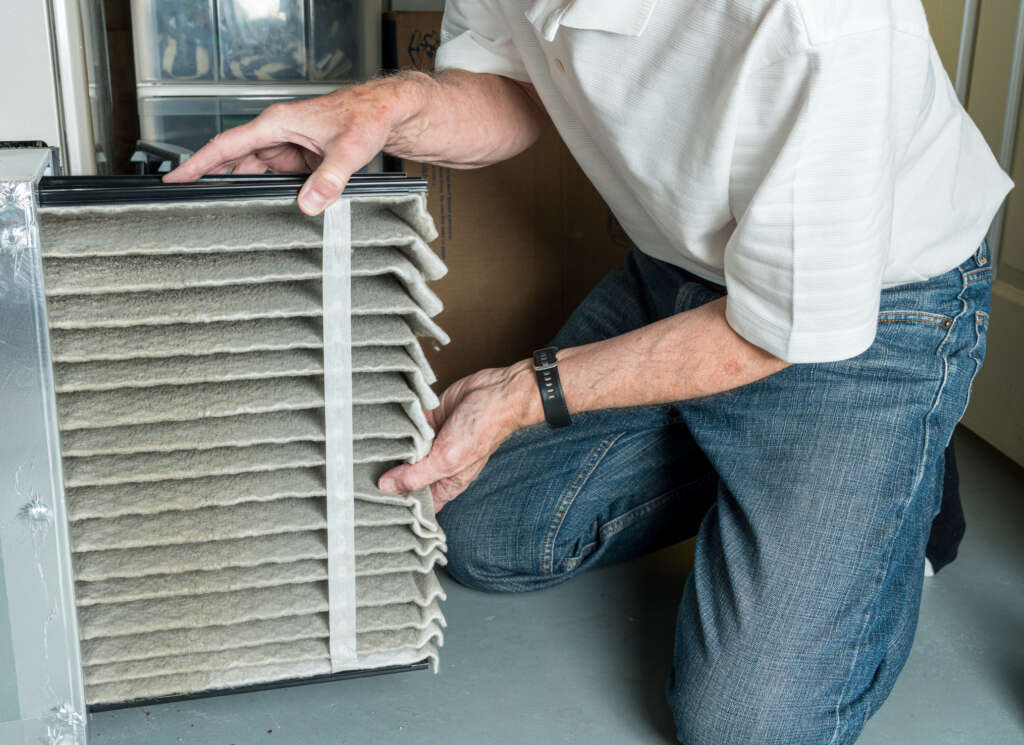For Good Air Everywhere, Be a Space Cadet
Health problems from indoor air pollutants may be experienced from “right away” to years down the road. Somebody may feel irritation of the eyes, nose, and throat, plus headaches, dizziness, or fatigue. These immediate effects are usually short-term and treatable.
Sometimes the treatment simply eliminates the person’s exposure to the pollutant’s surce, if it can be identified. Here’s what you can do to reduce common problems.
Inspect your indoor space
What is your indoor space like? Big or small? Are there multiple floors? Are separate “air spaces” sealed off from others, or do you have an open-plan kitchen and living area? Where do you and your family spend most of your time?
The answers to these questions will determine what strategies you could use to improve the air quality in that space.
Assess your risk
Do you live with people who are at high risk of respiratory distress or have a history of asthma? Does the air pollution level cause sore throats or headaches?
One quick and easy way is to buy the biggest, most expensive air purifiers and place one in each room. However, such an approach may be too pricy. Here are some other methods to achieve similar results.
Reduce the polluted air
This one is pretty simple. If you have old or leaky doors and windows, invest in window & door insulation foam tape. It’s about $10 a roll and easy to apply. You can find it at your local home improvement store or on Amazon.
Before sealing openings, look for outside light streaming in or feel the air leaking into your home. Apply insulation tape to make the door or window seal more seamlessly.
You Gotta Have MERV
If you have central heating/air conditioning that can be run on “fan-only” mode, the first thing you should do is ensure that you have it equipped with a filter with the highest MERV rating that your furnace can handle. (MERV stands for Minimum Efficiency Reporting Value, measured on a scale of 1 to 16. The higher the number, the greater percentage of particles captured on each pass. For instance, a MERV 16 filter captures more than 95% of particles.)
Keep in mind that MERV 14+ is probably too high for most home systems. Indeed, we’re aiming to remove the highest percentage of particulates over time. In some cases, having a MERV rating of 9 to 12 might give a better outcome because somewhat-filtered air will still reach every part your home.

Measure success
To determine whether your setup is working, you should measure the air quality outdoors and then gauge the air quality around your home soon thereafter.
Do these before and after switching out the air filter in the furnace/air conditioning and compare the results. If the new filter works, you should see the indoor air quality levels improve, as indicated by lower readings on your air-quality monitor.
